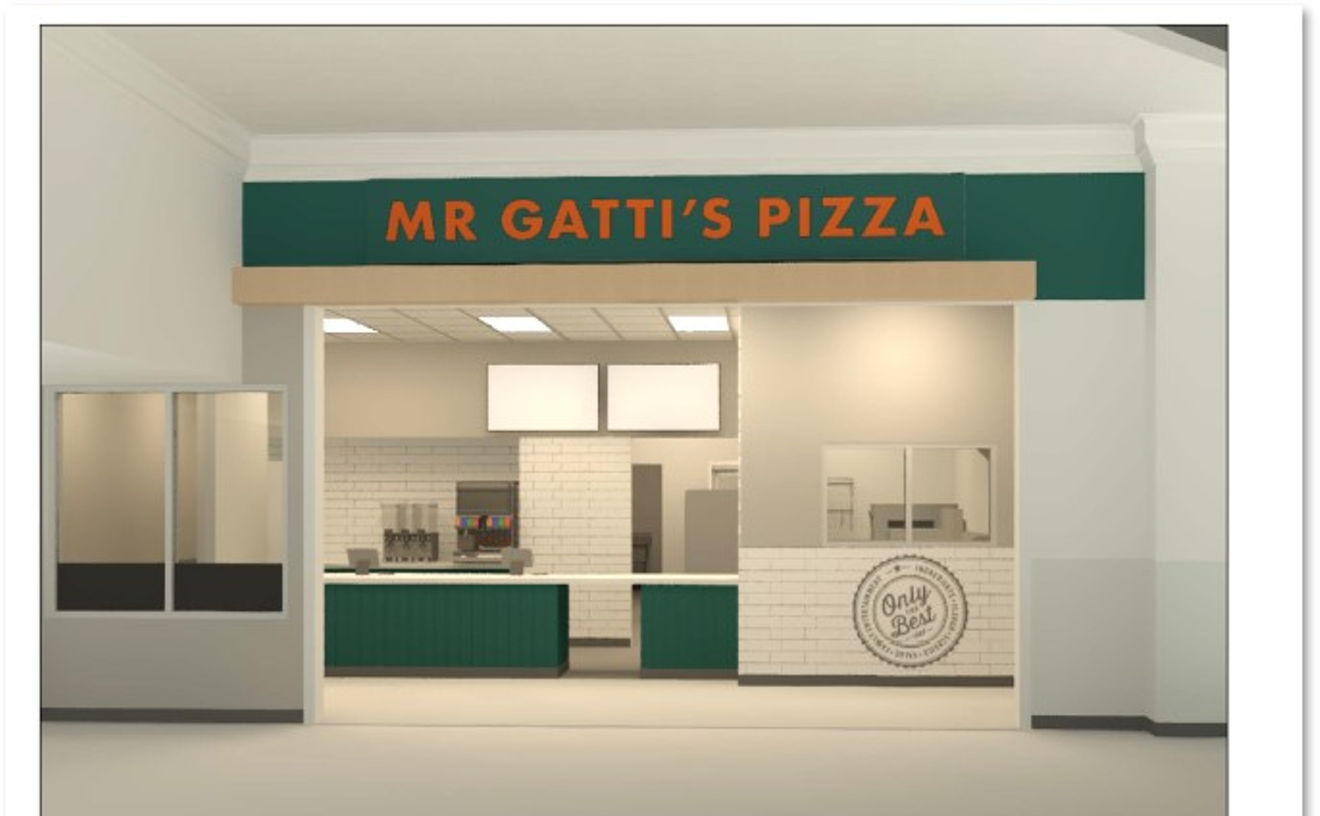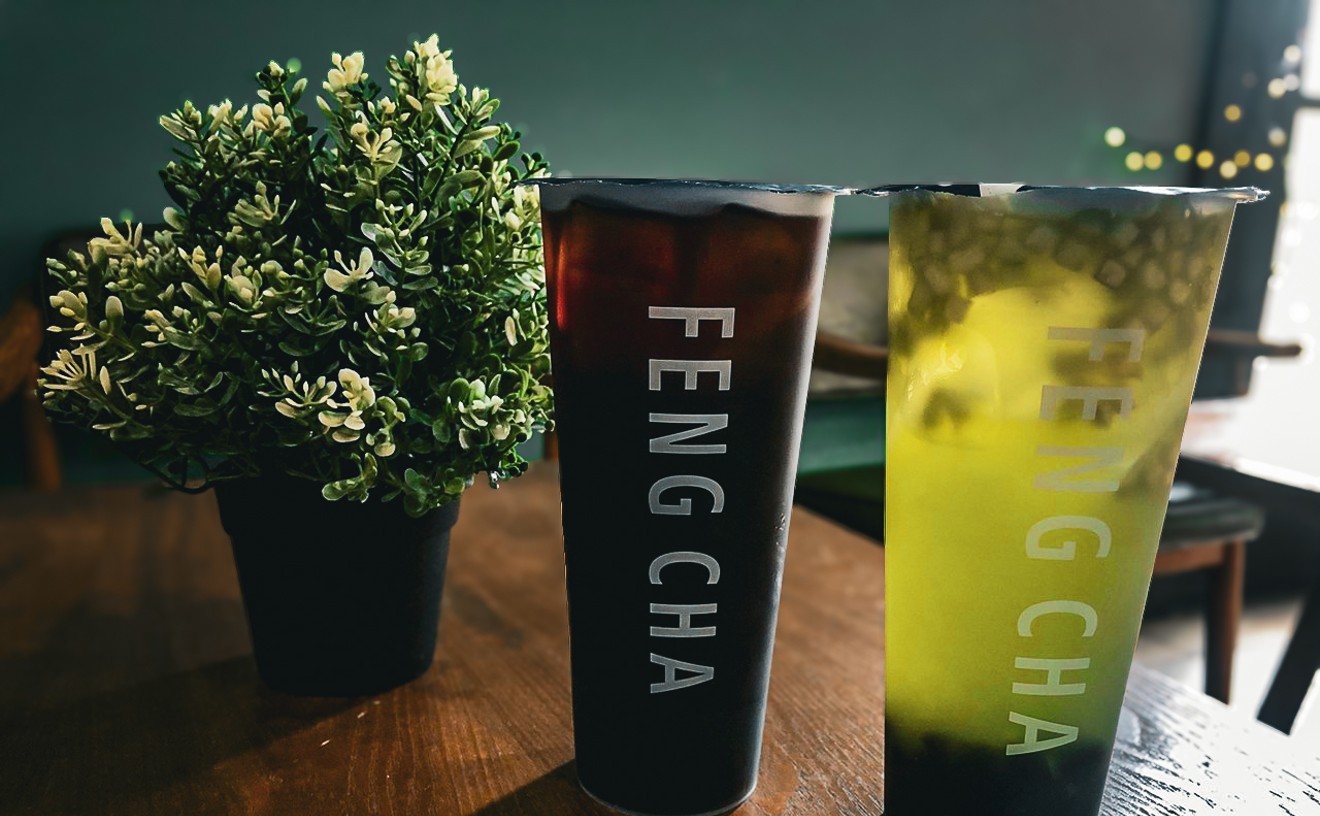Certain dishes simply confound the hell out of ordinary cooks. When prepared properly, for example, eel die a horrible death--throat slit, blood drained and skin, well, skinned before they even stop wriggling, otherwise the flesh stiffens. It's a process best left to professionals. "I've done it 15 or 20 times," says Joel Harloff, executive chef at Mi Piaci. "It's like a big bucket of snakes. They're slippery and slimy and round. You have to have a good knife and a lot of patience."
Fortunately, pumped duck, skinned eel and mucus soup are not things you hunger for every day. Yet scores of challenging recipes exist, frustrating kitchen amateurs and professional chefs alike. You see, it's not only the casual cook who routinely sets off smoke detectors every time he or she fries up grilled cheese sandwiches for the family. Top chefs, too, occasionally stumble over a dish. "This may sound lame," says Marc Cassel, executive chef of the Green Room, "but roast chicken--perfect roast chicken--is hard to nail." It's odd that someone who effortlessly whips up a superb ahi tuna steak worries about a common Joy of Cooking dish. But no matter how skilled you are with a knife, no matter how deft with a whisk, no matter how handy with a skillet, no matter how vigorous with a Kitchen Magician, some recipe will befuddle you until the day you settle into a retirement village for a regimen of oatmeal and early-bird specials.
What, then, are the most difficult dishes to prepare?
"You have things that are difficult because of the time involved, like Peking duck, and you have things that are difficult to pull off with consistency every night," says Jamie Samford, executive chef at Lola. He speaks of professional kitchen realities, where several people work with furious efficiency, filling diverse orders in a prescribed amount of time. "The exotic stuff," he adds, "we have all day to work with that."
A complicated recipe rarely baffles a chef as long as he finds time to prepare the ingredients and assemble the dish. "All chefs know you never just do one thing at a time," explains Michael Zeve, chef-partner of Sevy's Grill. "If you're serving 250 to 300 people in a two- or three-hour period, the concentration and demand on the house is great. It's always a balancing act." Chefs must focus on five or 10 things at one time--orders coming in and going out, cooking times, the status of various stations and so on. In that milieu, Samford argues, timing is everything. "Something takes 12 minutes to prepare and something else takes four, but they have to come out at the same time. It's one of the most difficult things." In other words, even the simple dish becomes formidable under adverse conditions.
"A lot of the simple execution things are the hardest to produce en masse," affirms Nick Badovinus, executive chef at Cuba Libre and corporate chef for all upcoming Consilient Restaurants.
Of course, none of that really answers the Burning Question at hand.
"Foie gras is difficult," Samford admits. "It's like cooking butter. You get the pan too hot, and it burns on the outside. Not hot enough, and there's no caramelization. You end up with a piece of goo." Zeve at Sevy's ranks stuffed veal loin as one of the more intense dishes. "You have to butcher it, lay it out, make the stuffing, roll it, cook it over a period of time," he says. "It's so involved." Again, however, he stresses that the true art of cooking involves a few moments of serious menu planning, the kind of thing that allows time for an intricate recipe and spreads work evenly across all stations. Time after time the Burning Question crew dug into flawless dishes at the Green Room, Cuba Libre, Al Biernat's and other hot spots--servings unmarred by any evidence of difficulty. We had come to destroy kitchens. But we staggered home beaten, sated and convinced our editor would never believe that the effort, the frustrating nights of sincere research at expensive restaurants, justified exceeding our meager expense account by whopping amounts.
Difficult dishes, it turns out, are the ones that force cooks--whether professional or amateur--out of their comfort zones. For most chefs that means baking, pastry, soufflé. "All chefs have a rudimentary knowledge of baking," Badovinus explains, "but you're relying on a perfect chemical reaction. Hot line cooking is more instinct. It's a different mind-set." Many chefs see people expert in breads as alchemists, practitioners of a dark and elusive science. The intimidation factor here is huge. Experienced kitchen practitioners even shy away from classic dishes involving pastry. "You come across difficult plates," says Felipe Gaytan, executive chef at Via Real in Las Colinas, "but one, the beef Wellington, requires perfect technique." It involves shaping pastry around a hunk of medium-rare beef and finishing both to perfection at the same time. Overcook the delicate pastry and the dish is ruined. "I've never worked pastry," nods Andres Vincente, chef at Avanti Euro Bistro in Addison. "Actually, I've tried, but it's difficult. That's why you have a chef and a pastry chef."
For Badovinus, soufflé represents the most difficult dish. "It's a temperamental demon to begin with," he complains. "There are a lot of variables; it must sit undisturbed in an oven for 25 minutes, for example, and in a busy kitchen." One bump, a loud noise or perhaps even a few negative thoughts will collapse the delicate beast. Samford echoes this frustration. "People want soufflé," he says, "but they don't want to wait, but they want it perfect."
Ultimately, a combination of training, creativity and repetition eliminates uncertainties. "Nothing is difficult if you have all the components and the experience," Zeve says. "The most difficult dish is the one you're not prepared for."
So, in answer to this week's Burning Question, we must rely on Cassel's vague remark: "Anything you don't make very often is hard."










